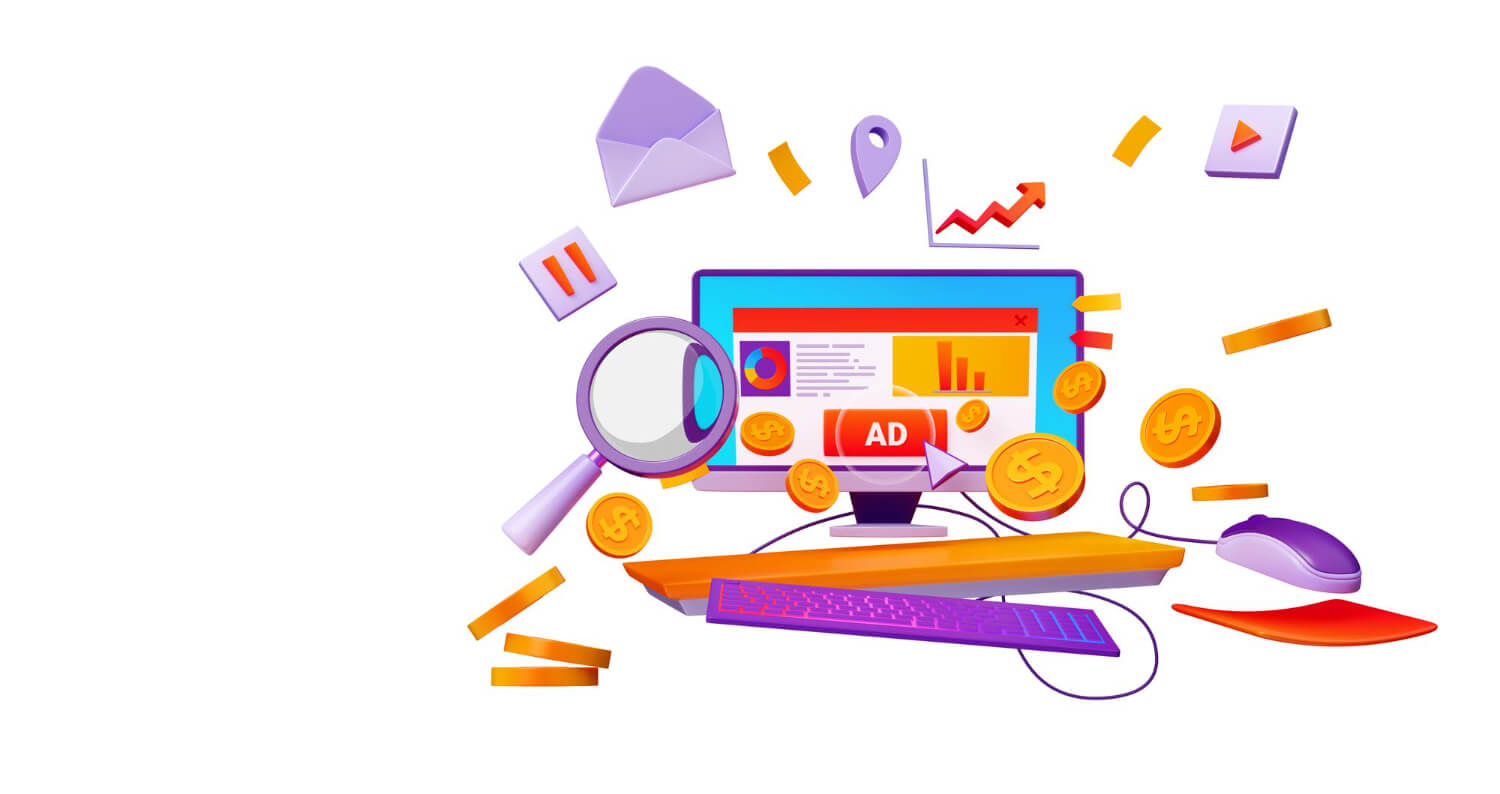Landing pages are not like traditional pages that live in the navigation menu of your website. With that being said, I'm sure many of you are wondering what landing pages good for and why they exist in the first place? Well, landing pages can have multiple functions but mostly they are designed for a particular digital marketing purpose. It can be SEO, email or an ad that visitors click on.
Now let's see how landing pages have to be created in order to maximise conversions and increase revenue for your business.
1. First Impressions Matter
Humans are inherently visual creatures. Studies suggest that it takes a mere 50 milliseconds for users to form an opinion about a website. This means your landing page has a brief moment to make a lasting impression. Choose clear, high-quality visuals and avoid clutter. Every element should serve a purpose, either to inform, persuade, or guide the user to the next step.
2. Colour Influences Behaviour
Colours can woke specific emotions and behaviours in users. For instance, blue tends to convey trust, red creates urgency, and green is associated with growth and health. Know your target audience and choose a colour palette that resonates with them and aligns with your brand's message.

3. FOMO (Fear of Missing Out)
Humans are naturally afraid of missing out on opportunities. This phenomenon can be harnessed by marketers to make users act on a specific offer. Limited-time offers or showing limited stock availability can create urgency, encouraging users to take immediate action. If there's a pair of shoes you like and you see there's only a pair left in your size, you surely won't waste anymore time. This is a the psychology behind FOMO that will make your users act without thinking twice.
4. The Power of Social Proof
We are more likely to perform an action if we see others doing it, a concept rooted in social validation. Testimonials, reviews, and case studies can serve as powerful tools to establish credibility. Build positive feedback, awards, or any other form of endorsement into the web design to gain trust. The more reviews you have, the more conversions you can except.
5. The Principle of Reciprocity
When someone does something for us, we naturally want to return the favour. By offering something of value, like a free eBook or a discount, you can increase the likelihood of a user reciprocating with a purchase or sign-up. Highlight your offer, making it easy to spot and irresistible to decline.
6. Keep It Simple
The more choices presented, the longer it takes to make a decision. This psychological principle, known as Hick’s Law, emphasises the importance of simplicity. Limit the number of choices on your landing page. A singular, focused call-to-action (CTA) is often more effective than presenting multiple options.
7. The Serial Position Effect
People tend to remember the first and last items in a series better than those in the middle. This cognitive bias is known as the serial position effect. Place the most crucial information or CTAs at the beginning or end of content sections to maximise retention and action.
8. The Anchoring Effect
When making decisions, we tend to rely heavily on the first piece of information we encounter (the “anchor”). For instance, seeing a high original price next to a discounted one makes the latter seem like a better deal. If you're offering discounts, always show the original price beside the reduced one to emphasise how much the customer can and will save if they complete the purchase immediately.
9. Personalisation Boosts Engagement
A user is more likely to engage with content that feels personal to them. By tailoring landing page content and web design based on visitor demographics or behaviours, you can make them feel seen and understood. Use tools and software that allow for landing page personalisation. Even addressing the user by their first name can create a stronger connection.
By understanding human behaviour and decision-making processes, marketers can craft landing pages that don't just look good but convert efficiently. As with any strategy, it's crucial to test, iterate, and adapt based on data and user feedback.



